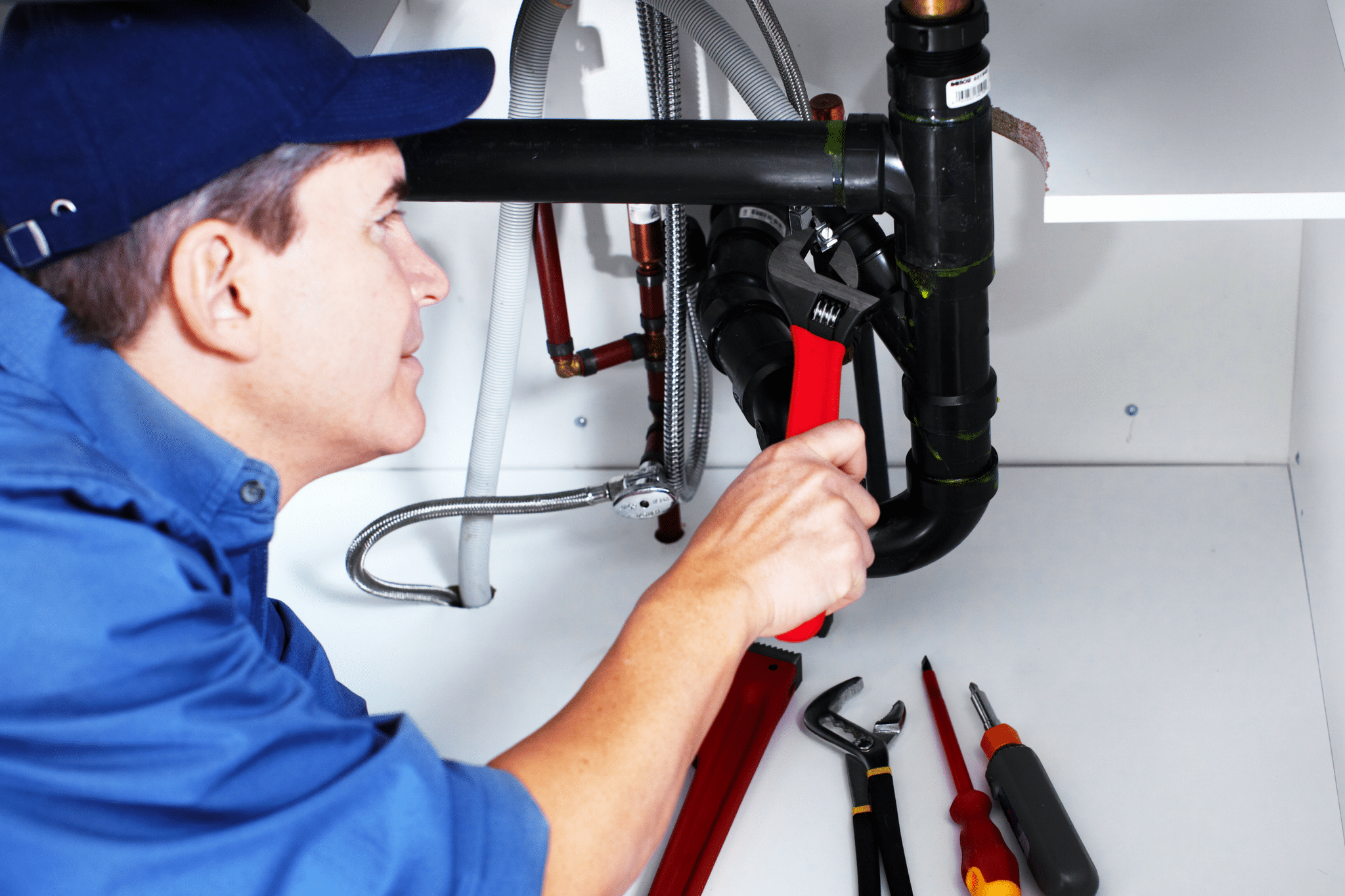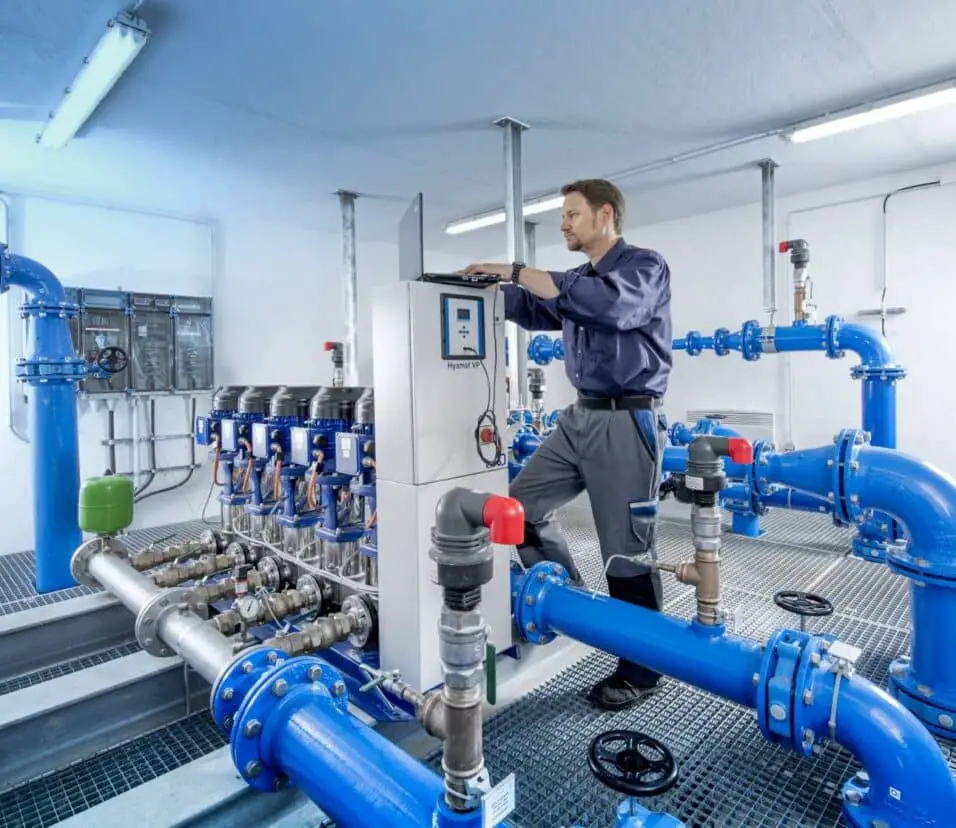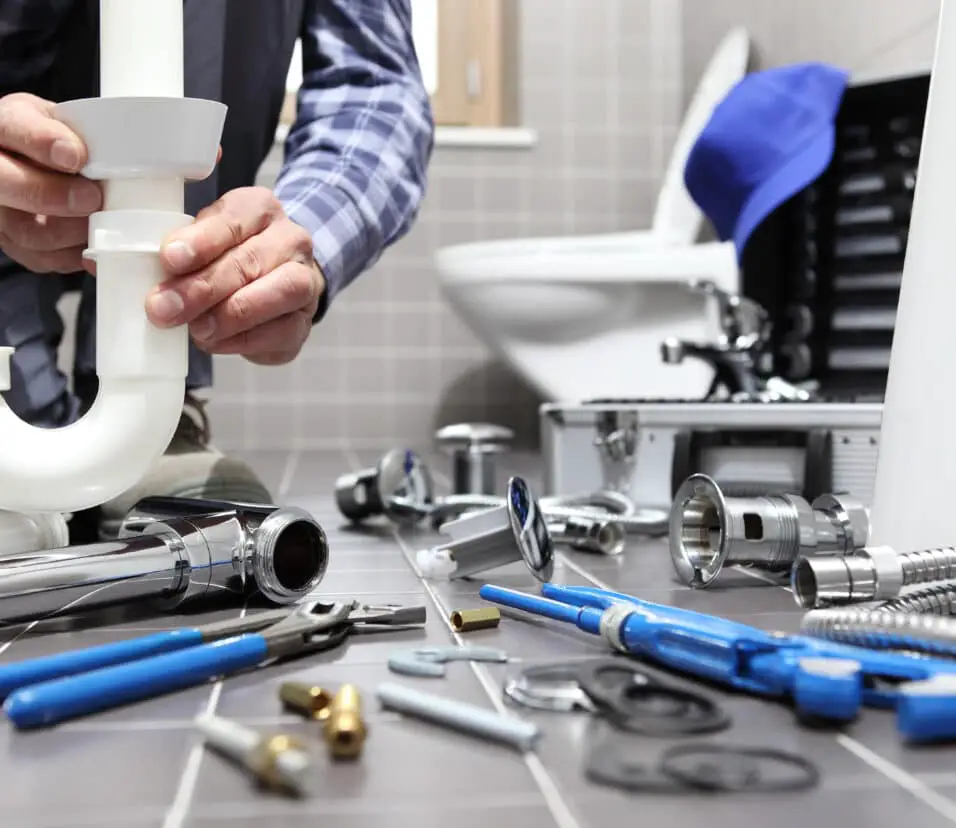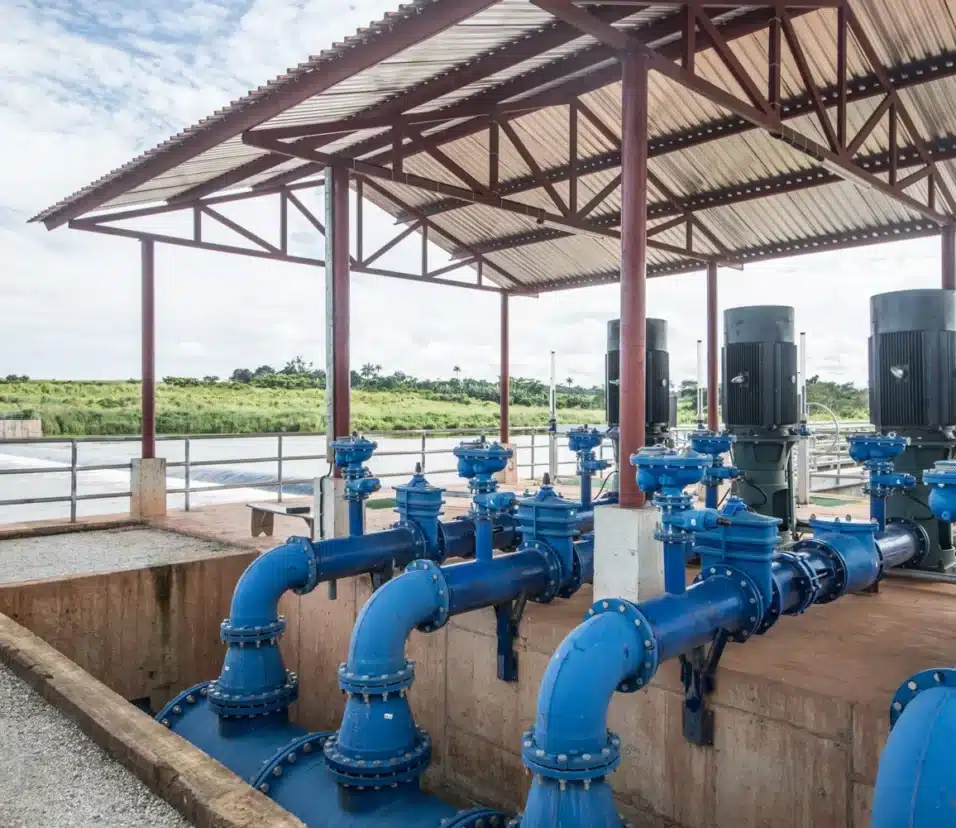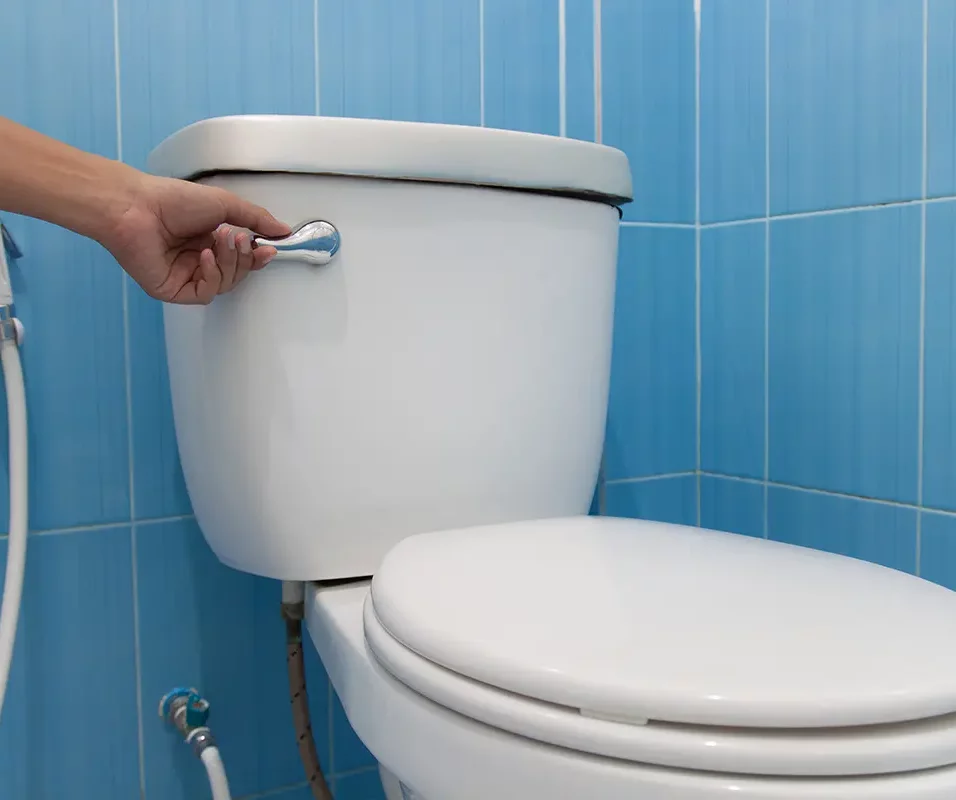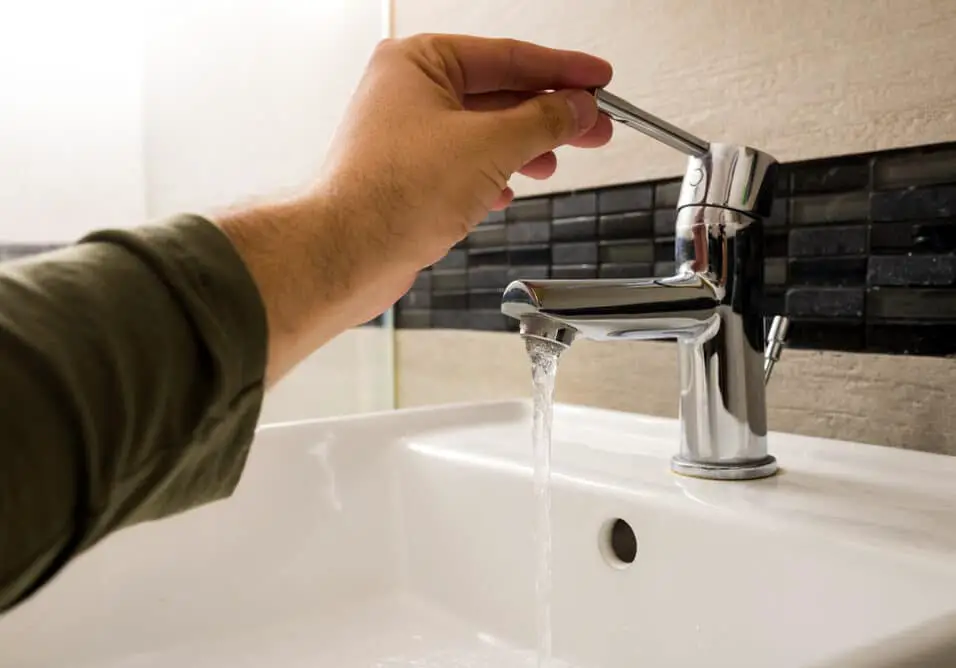How To Clean Water Supply Pipes In Your House
Introduction
How To Clean Water Supply Pipes In Your House: The importance of identifying signs that indicate your pipes may need cleaning, such as reduced water flow, discolored water, or strange odors. Understanding these warning signs will help you address potential issues proactively, preventing more significant problems down the line. Water supply pipes commonly found in households, including copper, galvanized steel, and plastic, and tailor our cleaning methods accordingly.
This way, you can confidently choose the most effective and safe approach for your specific pipe material. For those who prefer environmentally-friendly solutions, we will explore natural cleaning agents and non-toxic remedies that effectively eliminate contaminants without harming your plumbing or the environment.
Going green is not only beneficial for your family’s health but also contributes positively to the ecosystem. Furthermore, we will provide insights into preventive measures you can take to maintain clean water supply pipes in the long run. Simple habits and regular maintenance can significantly extend the life of your plumbing system, saving you both time and money on costly repairs.
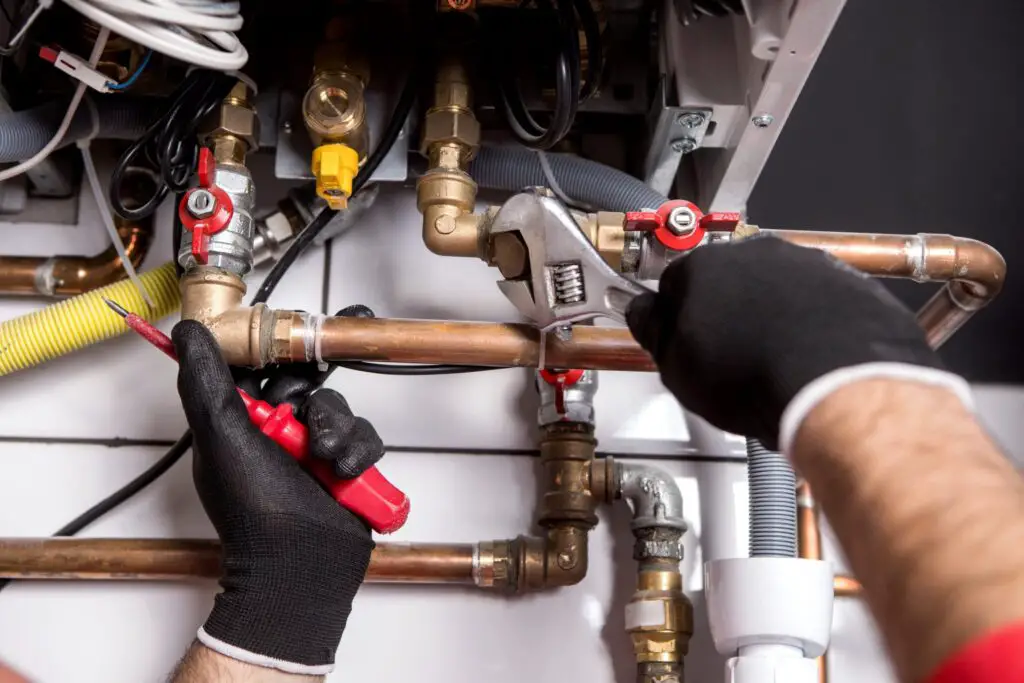
How can I clean the water pipes in my house?
Flush ALL hot water taps for 15 minutes
Open ALL hot water sink fixtures, hot water bathtub or shower fixtures. Next, open all other hot water fixtures, such as in kitchens, wet bars, etc. Run all of these hot water fixtures for 15 minutes, then shut the water off.
To prolong the effectiveness of your cleaning efforts, incorporate preventive maintenance practices. Regularly flush the water supply pipes by opening all the faucets in your home and letting the water run for a few minutes. This will help remove any loose debris and sediment buildup. Additionally, consider using a water filter at the point of entry to further purify your water supply.
If you encounter stubborn clogs or suspect a more severe issue with your water supply system, it’s best to seek the assistance of a professional plumber. Experienced plumbers have the expertise and specialized equipment to address complex problems and ensure a thorough cleaning of your pipes.
When working with cleaning solutions or chemicals, always wear rubber gloves and work in a well-ventilated area. Additionally, follow the manufacturer’s instructions for any commercial cleaning products to ensure your safety and the effectiveness of the solution.
You can keep your water supply pipes clean and in optimal condition, providing your household with clean, safe, and fresh water. Taking care of your plumbing system not only ensures your family’s health and well-being but also helps extend the life of your pipes, saving you from costly repairs and replacements.
Do water pipes need to be cleaned?
You should have your plumbing pipes cleaned every 18 to 22 months or so. If you are already on this kind of cleaning schedule and you’re experiencing problems with your plumbing, then you may need to call a plumber and schedule a pipe inspection.
Mineral deposits and debris can accumulate over time, narrowing the diameter of the water pipes. This buildup restricts the water flow, leading to reduced water pressure at the faucets and fixtures in your home. Cleaning the pipes removes the obstructions, allowing water to flow freely and restoring optimal water pressure.
Over time, minerals, grease, hair, and other debris can accumulate within the pipes, potentially leading to clogs. These blockages can cause water backups and may require expensive repairs. Regularly cleaning your water pipes minimizes the risk of clogs, saving you from the inconvenience and cost of dealing with plumbing issues.
Clean water pipes are less susceptible to corrosion and deterioration. By removing harmful deposits and contaminants, you can extend the life of your plumbing system. This means fewer leaks and pipe failures, saving you money on repairs and replacements in the long run.
Some contaminants that accumulate in water pipes, such as bacteria and other microorganisms, can pose health risks if consumed. Regular cleaning helps eliminate these harmful pathogens, ensuring that your water remains safe to drink and use for everyday activities.
Appliances that rely on water, such as water heaters, dishwashers, and washing machines, can also benefit from clean water pipes. Sediment buildup can affect the performance and efficiency of these appliances. Clean pipes allow these devices to function optimally, reducing energy consumption and prolonging their lifespan.
Does baking soda clean water pipes?
Along with gravity, this pressure helps remove unwanted goop out of the pipes and unclogs drains. Baking soda, vinegar and boiling water can help clean drains naturally, but you may need something stronger, like Liquid-Plumr, to fully unclog those really tough drain clogs.
Baking soda is renowned for its mild abrasive properties and its ability to break down grease, dirt, and stains. When mixed with water, baking soda forms a gentle yet effective cleaning paste that can be used on various surfaces around the house.
Baking soda is excellent for neutralizing odors and absorbing unwanted smells. It is commonly used in refrigerators, trash cans, and carpets to eliminate unpleasant odors.
When it comes to cleaning water pipes, baking soda can be used to address certain issues, particularly related to odors and minor clogs.
If you notice foul odors coming from your water pipes, particularly in the kitchen or bathroom, using baking soda can help. By pouring a mixture of baking soda and water down the drain, you can neutralize odors and freshen the pipes.
Baking soda’s mild abrasive properties can assist in dislodging minor clogs in water pipes. When combined with vinegar, baking soda creates a foaming reaction that can help break down organic matter and clear obstructions. This method can be effective for mild clogs in kitchen sinks, bathroom drains, and showerheads.
While baking soda can be useful for certain cleaning tasks in water pipes, it has limitations when it comes to more severe issues. Baking soda may not be potent enough to dissolve stubborn mineral deposits commonly found in areas with hard water. In such cases, commercial descaling agents or professional cleaning may be more effective.
For significant clogs or blockages, baking soda alone may not provide sufficient cleaning power. Professional plumbers often use specialized equipment to address more severe pipe obstructions. Baking soda is not a solution for addressing corroded or damaged pipes. In cases of corroded pipes, it’s crucial to consult a professional plumber to assess the situation and provide appropriate solutions.
Is there a way to clean your water pipes?
OPEN HOT WATER TAPS AROUND THE HOUSE UNTIL YOU SMELL VINEGAR. After, close off the water taps and let it sit for at least 6 hours. During that time, the vinegar will hopefully eat away at the scale within your pipes as well as the scale at the bottom of your water heater.
Vinegar is a natural and non-toxic cleaning agent that can be used to clean water pipes. Mix equal parts of white vinegar and water and pour the solution down the drain or into the pipes. Let it sit for a few hours or overnight to break down mineral deposits and dissolve any buildup. Afterward, flush the pipes with water to remove the loosened debris.
As mentioned earlier, a combination of baking soda and vinegar creates a foaming reaction that can help remove mild clogs and break down organic matter in the pipes. Pour a cup of baking soda down the drain, followed by a cup of vinegar. Let the mixture sit for about 30 minutes, then flush the pipes with hot water.
There are commercial pipe cleaning products available in the market that are specifically designed to dissolve mineral deposits and clear blockages. These products usually come in liquid or powder form and should be used according to the manufacturer’s instructions. It’s essential to choose a product suitable for your pipe material and follow safety guidelines while using them.
For hard-to-reach areas or more stubborn clogs, pipe cleaning tools can be used. These tools, such as pipe brushes or snakes, help physically remove debris and blockages from the pipes. However, caution should be exercised to avoid damaging the pipes, especially if they are made of softer materials like plastic.
How do you clean your own pipes?
Pour 1/2 cup baking soda, followed by 1/2 cup vinegar down drain. Plug drain and let sit for one hour. Then, pour a pot of boiling water down drain. Repeat if necessary.
To address minor clogs and remove organic matter, create a foaming reaction with baking soda and vinegar. Start by pouring a cup of baking soda down the drain, followed by a cup of vinegar. Allow the mixture to sit for about 30 minutes, and then flush the drain with hot water to wash away the loosened debris.
For more gentle cleaning, make a baking soda paste by mixing baking soda with water. Apply the paste to the inside of your pipes or faucets and let it sit for an hour or so. Use a brush or cloth to scrub the surfaces gently, removing stains and residue. Rinse thoroughly with water afterward.
To address mineral deposits and remove scale buildup, use a vinegar solution. Mix equal parts of white vinegar and water and pour it down the drain or into the pipes. Allow the solution to sit for a few hours or overnight to dissolve the mineral deposits. Afterward, flush the pipes with water to wash away the residue.
There are commercial pipe cleaning products available in the market that can effectively dissolve mineral deposits and clear blockages. Before using these products, read and follow the manufacturer’s instructions carefully to ensure safe and effective use.
Plungers are excellent tools for clearing clogs in sinks, toilets, and bathtub drains. Make sure to use a plunger that is suitable for the type of drain you are unclogging. Position the plunger over the drain and create a tight seal before plunging up and down vigorously to dislodge the clog.
Why do we need clean water supply?
Contaminated water and poor sanitation are linked to transmission of diseases such as cholera, diarrhoea, dysentery, hepatitis A, typhoid and polio. Absent, inadequate, or inappropriately managed water and sanitation services expose individuals to preventable health risks.
Water is a basic necessity for human survival. Clean drinking water is essential for maintaining hydration, regulating body temperature, and supporting bodily functions. It is also crucial for cooking, food preparation, and maintaining a balanced diet.
Agriculture accounts for the majority of water consumption worldwide. Clean water is necessary for irrigation, which is essential for growing crops and ensuring food security. A reliable water supply enables increased agricultural productivity and helps support the world’s growing population.
Various industries depend on clean water for their operations. Manufacturing, mining, energy production, and many other sectors rely on a consistent and contaminant-free water supply. A reliable water source contributes to economic growth, job creation, and improved living standards.
Clean water is essential for maintaining healthy ecosystems and biodiversity. Aquatic habitats, rivers, lakes, and wetlands depend on clean water to support diverse flora and fauna. Polluted water can harm aquatic life and disrupt entire ecosystems, leading to long-term ecological consequences.
Clean water bodies, such as lakes, rivers, and beaches, provide opportunities for recreational activities and tourism. Swimming, boating, fishing, and other water-related activities contribute to leisure, relaxation, and the economy of many regions.
How do you clean PVC water pipes?
If you just need to clean the pipe interior without removing the pipe, a quick rinse with water and dish soap is usually enough. This won’t be as effective as acetone or a drain cleaner, but it often does enough to clean everything out sufficiently.
Turn off the water supply to your house or the specific area where you will be cleaning the PVC pipes. This ensures that no water is flowing through the pipes while you work on cleaning them.
If there is any water left in the pipes, drain it out by opening the faucets or fixtures connected to the PVC pipes. Use old towels or rags to soak up any remaining water in the area.
For a natural and eco-friendly cleaning solution, mix equal parts of white vinegar and water in a bucket. If you prefer using a commercial PVC cleaner, follow the manufacturer’s instructions for dilution and usage.
Dip a soft brush or cloth into the cleaning solution and apply it to the interior surfaces of the PVC pipes. If you have access to the pipes, you can use a brush to scrub the surfaces gently. If the pipes are concealed or hard to reach, saturate a cloth with the cleaning solution and use a piece of string or wire to guide it through the pipes. Move the cloth back and forth to clean the interior surfaces thoroughly.
Allow the cleaning solution to sit inside the PVC pipes for at least 15 to 30 minutes. This gives the solution time to break down any debris or residue.
After the cleaning solution has had enough time to work, flush the pipes with clean water. Turn on the water supply and let it run through the pipes for a few minutes. This will wash away the loosened debris and any remaining cleaning solution.
What is used to clean pipes?
The standard drain cleaner tool plumbers use to demolish obstructions in pipes is a motorized drain auger, also known as a drain snake. An auger consists of a long, flexible coil of metal that works similar to a corkscrew. The end of the auger goes down the drain until it reaches the clog.
Dark colors, such as deep blues, rich purples, and charcoal grays, can add a sense of sophistication and luxury to the living room. They create an ambiance that is both cozy and opulent, perfect for entertaining guests or creating a serene retreat.
Dark colors can act as a backdrop that allows other design elements, such as furniture, artwork, and decor, to stand out. Lighter furnishings and accessories can pop against dark walls, creating a visually captivating and curated space.
Dark colors can create a cozy and intimate atmosphere, making the living room feel warm and inviting. In larger spaces, using dark colors can also help create a sense of closeness and intimacy, making the room feel more comfortable and intimate.
Dark colors can effectively hide imperfections on the walls, such as minor dents or scratches. This makes them a suitable choice for older homes with walls that may not be in pristine condition.
Dark colors can make a small living room feel even smaller and may absorb natural light, making the space feel dimmer. If your living room is already limited in size or lacks ample natural light, using dark colors may not be the best option.
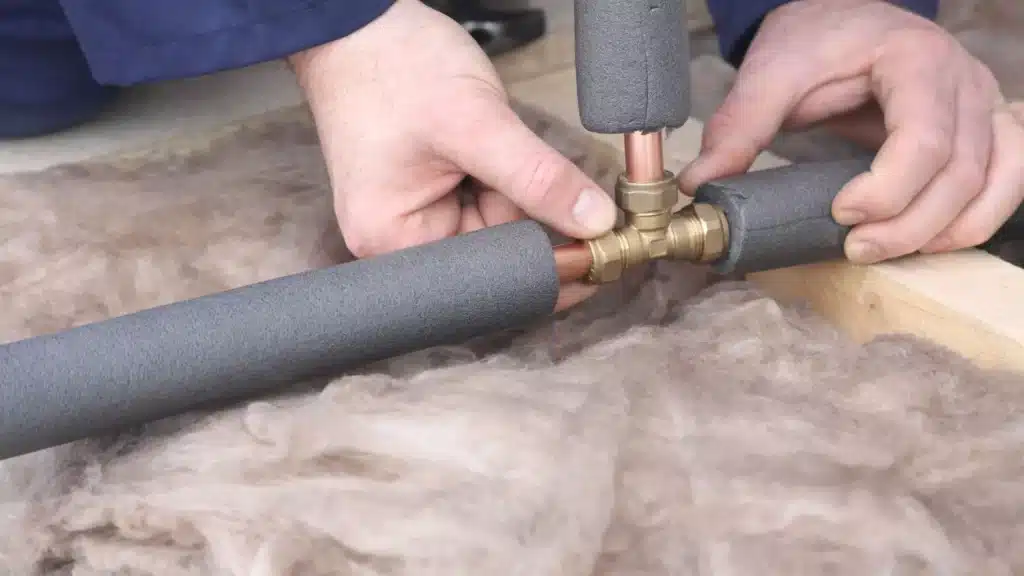
Conclusion
Regularly cleaning your water supply pipes not only enhances the quality of your drinking water but also prevents potential issues such as clogs, reduced water pressure, and costly repairs. By staying vigilant and recognizing the warning signs of pipe contamination, you can address problems early on and avoid more extensive damage.
A range of cleaning methods suitable for various pipe materials and levels of contamination. From simple DIY approaches to eco-friendly solutions, you now have a toolbox of options to choose from, allowing you to find the best fit for your specific situation. Remember, maintenance is key to sustaining clean water supply pipes in the long term. Incorporating preventive measures, such as regularly flushing the water pipes and using natural cleaning agents, will help keep your plumbing system in excellent condition for years to come.
With your newfound knowledge, you can now confidently take charge of your home’s water supply system, providing your loved ones with the highest quality water possible. Embrace the proactive approach to home maintenance, and enjoy the peace of mind that comes with knowing you have a clean and safe water supply for your family’s daily needs.



